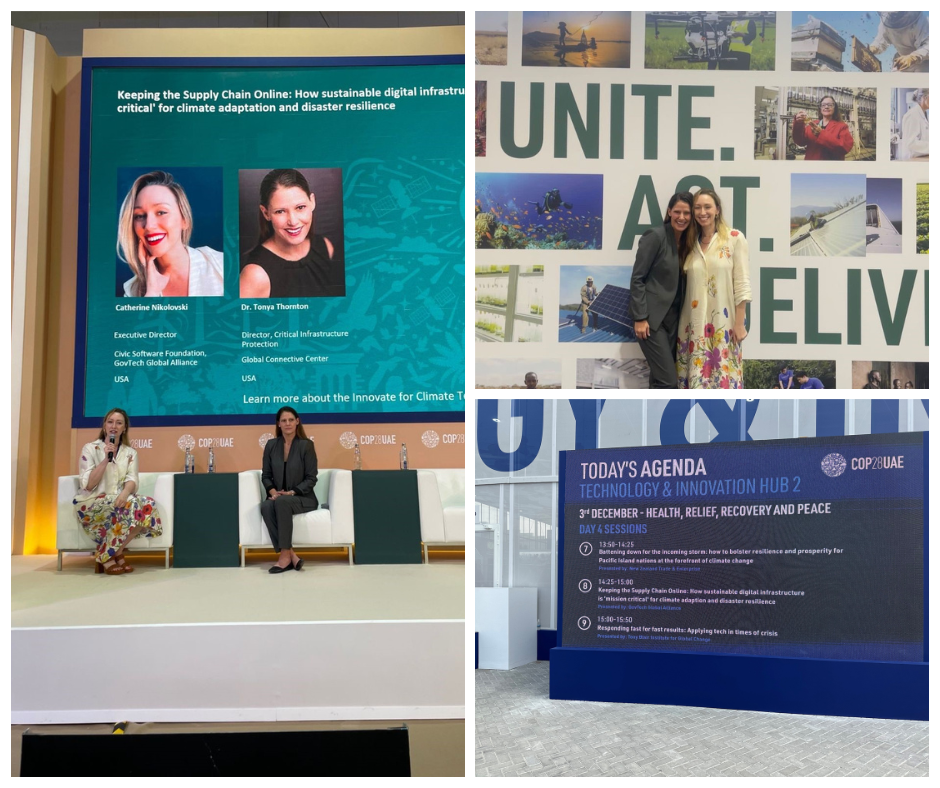Congratulations to the recipients of the C-RASC Summer 2024 Graduate Research Assistants Fellowship. Fellows will have support for developing their research agenda in addition to the particular research goals that are co-identified with the partner organization. These distinguished individuals have been chosen based on their exceptional academic and professional accomplishments.
Recipients include:
- Mohammadreza Torkjazi
- Wei Dai
- Fatemeh Janatabadi
- Diana Veronez

